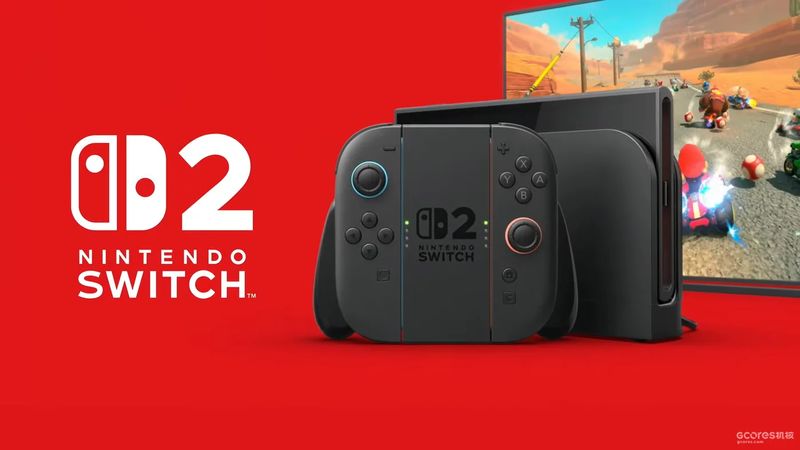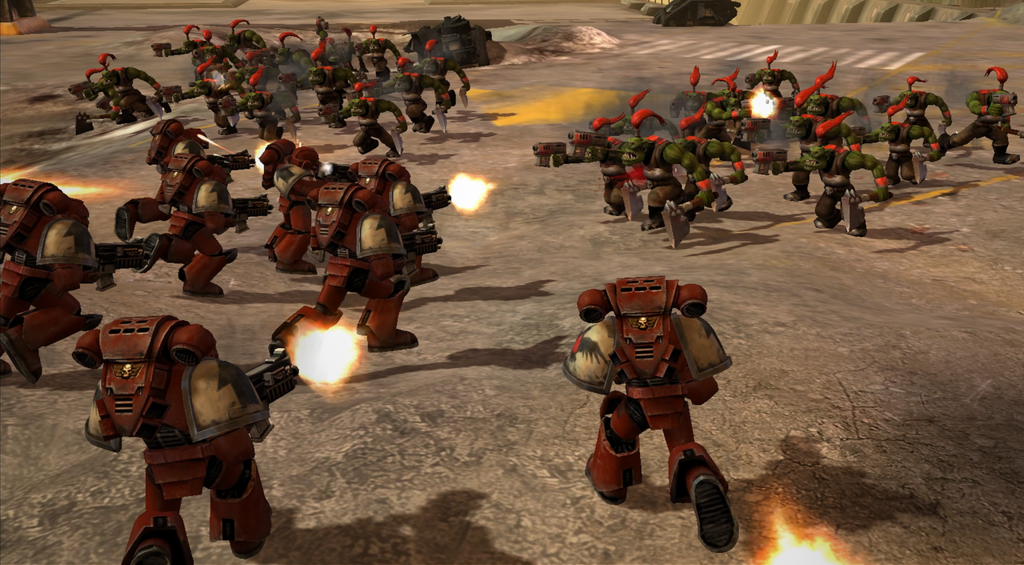Nintendo’s much-anticipated Nintendo Switch 2 has officially entered the market, marking a significant milestone in hybrid gaming. Early sales data and user feedback from the past 48 hours reveal a promising start for the console, which combines powerful hardware upgrades with thoughtful software innovations designed to enhance the player experience.
Strong Sales Momentum Amidst Fierce Competition
Despite a highly competitive gaming landscape dominated by Sony’s PlayStation 5 and Microsoft’s Xbox Series X|S, Nintendo Switch 2 has demonstrated robust sales figures in its initial launch window. Industry reports indicate that the console has sold over 1.2 million units globally within the first 48 hours, outpacing the launch performance of its predecessor in comparable timeframes.
Analysts attribute this success to Nintendo’s strategic timing and the console’s appeal to both longtime fans and new gamers. The Switch 2’s hybrid design—allowing seamless transition between handheld and docked modes—continues to resonate strongly with consumers seeking versatile gaming options.
Hardware Innovations: Power Meets Portability
One of the most notable upgrades in the Switch 2 is its enhanced CPU architecture, which addresses previous concerns about processing limitations. The new custom NVIDIA chipset integrates RTX technology, enabling ray tracing and significantly improved graphical fidelity without compromising battery life or portability.
The console also features a brighter, higher-resolution OLED display and improved Joy-Con controllers with enhanced haptics and reduced drift issues, responding directly to user feedback from the original Switch generation.
Software and User Experience: A Refined Ecosystem
Nintendo has revamped its software ecosystem to complement the hardware improvements. The Switch 2’s user interface is more intuitive, with faster load times and a redesigned eShop that emphasizes discoverability and personalized recommendations.
However, one controversial change is the removal of integrated music playback features, a decision that has sparked debate among users who enjoyed background music during gameplay. Nintendo has stated that this move allows for better resource allocation toward gaming performance and online services.
Flagship titles such as Mario Kart World Bonanza and the new Metroid installment have been praised for leveraging the console’s capabilities, offering immersive gameplay experiences that showcase the Switch 2’s potential.
Competitive Impact and Market Outlook
Nintendo’s entry with the Switch 2 is shaking up the market dynamics. While Sony and Microsoft continue to push high-end performance and subscription services, Nintendo’s focus on hybrid versatility and exclusive content provides a unique value proposition.
Market analysts predict that the Switch 2 will maintain strong momentum throughout 2024, especially as Nintendo rolls out additional first-party titles and expands its online multiplayer infrastructure.
Conclusion
The Nintendo Switch 2 represents a thoughtful evolution of Nintendo’s hybrid gaming philosophy, balancing hardware advancements with user-centric software improvements. Early sales and feedback suggest that Nintendo has successfully navigated the challenges of a competitive market, setting the stage for a new era of gaming innovation.
For more updates on Nintendo Switch 2 and the gaming industry, stay tuned to [Your Publication].



